
1 billion VND project can also be invested in PPP
Project investment in the form of Public-Private Partnership (PPP) is a strategic and effective solution to address the great need for infrastructure development and public services in the context of limited state budget resources.
Ms. Nguyen Thi Linh Giang, Chief of the Public-Private Partnership Office (Department of Bidding Management - Ministry of Finance ) said that after two amendments in 2024 and 2025, the Law on Investment under the public-private partnership method has many open points for private investors.
According to Ms. Giang, in the past, PPP investment was only applied to a few fields such as transportation, health care, education , etc., but now it has expanded to all fields. Whatever the State wants to invest in, it can be not only public investment but also PPP investment. Private companies can participate through the PPP mechanism, except for some fields of security and defense.
In addition, the PPP Law previously stipulated a minimum investment scale of 200 billion. However, according to current regulations, an investment scale of 1 billion or 20 billion can also be applied to PPP investment.
The law and decree also simplify the procedures for preparing PPP investments, promote decentralization and delegation of power...
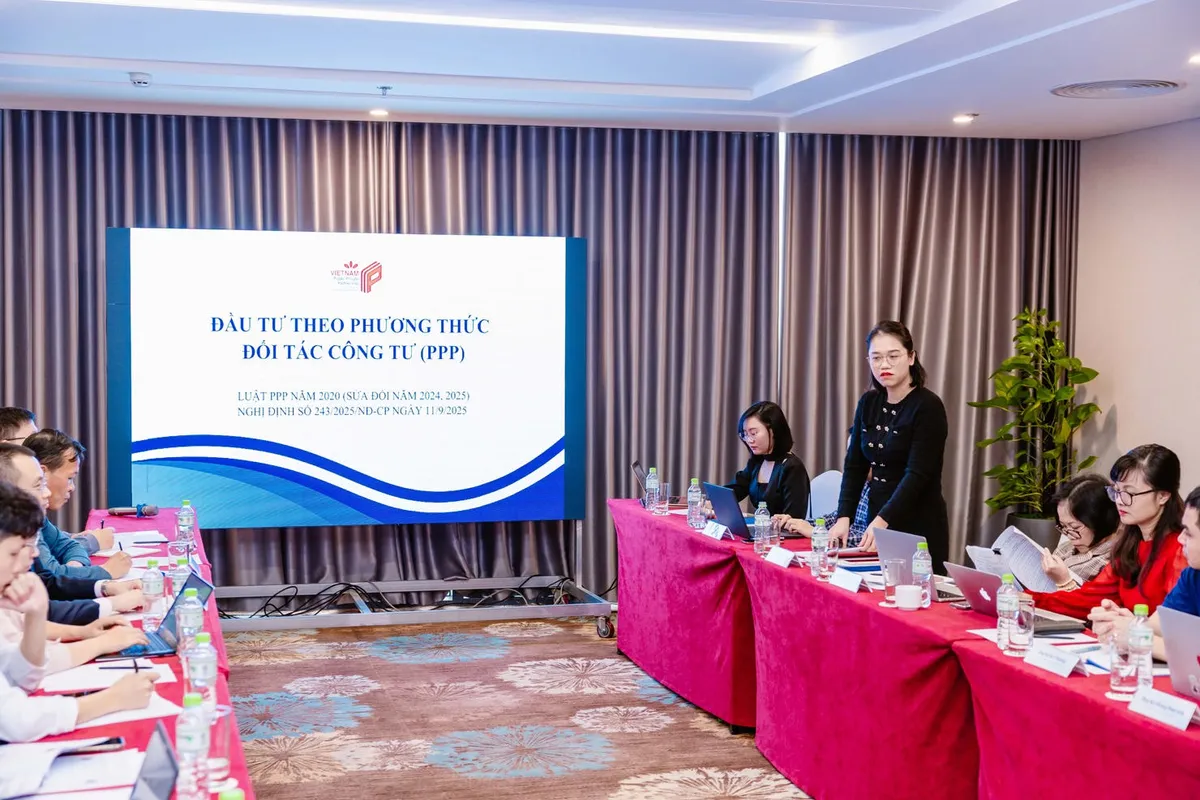
Ms. Nguyen Thi Linh Giang, Chief of Public-Private Partnership Office (Department of Bidding Management - Ministry of Finance)
Current law also raises the limit on the state capital ratio from 50 to 70% in projects in economically disadvantaged areas and projects that need to attract technology.
The mechanism for sharing the increase and decrease in revenue is also new. Accordingly, the Government commits to sharing with investors and project enterprises no more than 50% of the revenue shortfall between actual revenue and revenue in the financial plan when actual revenue is lower than revenue in the financial plan with a ratio within the framework from below 90% to below 75%.
Investors and project enterprises commit to sharing with the Government the difference of 50% between actual revenue and revenue in the financial plan when actual revenue is higher than revenue in the financial plan in the PPP project contract with a ratio within the framework from over 110% to over 125%.
In addition, for science and technology PPP projects, in the first 3 years after operation and business, it is allowed to apply a 100% sharing of the difference between actual revenue and revenue in the financial plan when actual revenue is lower than revenue in the financial plan.
The current legal framework also allows for early termination of signed contracts, provided that the interests of the State and investors are balanced.
Dong Dang - Tra Linh Expressway: A model of public-private partnership (PPP)
According to Mr. Nguyen Thy Hung, Deputy Director of the Bidding Management Department (Ministry of Finance), the Dong Dang - Tra Linh Expressway project is a model of public-private partnership (PPP), demonstrating the joint responsibility between the State, enterprises and localities in project implementation. In particular, with the PPP++ model, project investment capital is mobilized from many different sources, increasing mobilization efficiency and minimizing risks throughout the project implementation process.
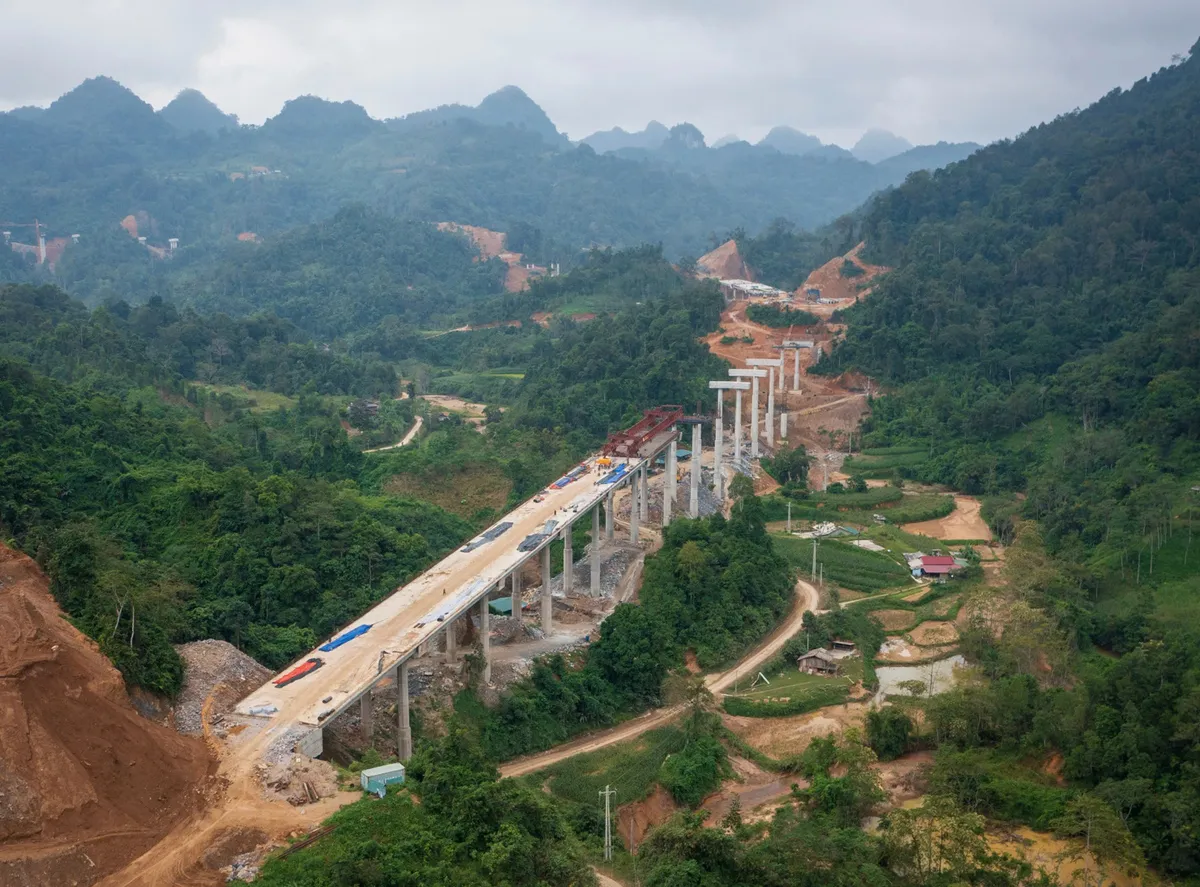
The Dong Dang - Tra Linh Expressway project has a total length of 121 km, divided into 2 investment phases with a total investment of nearly 23,000 billion VND.
As a mountainous border province with a strategic position in economic and defense development, for many years, Cao Bang has remained one of the most difficult localities in the country due to poor infrastructure.
Currently, Cao Bang has only two main national highways: National Highway 3 (Hanoi - Thai Nguyen - Bac Kan - Cao Bang) and National Highway 4A (Hanoi - Lang Son - Cao Bang). The travel distance is long, it takes 6 to 7 hours from Hanoi to Cao Bang, through steep and rugged terrain. Traffic limitations make it difficult for the province to attract investment, slowing down the exploitation of tourism potential, border trade and logistics.
According to Mr. Do Trong Khanh, Deputy Director of the Cao Bang Provincial Traffic Construction Investment Project Management Board, initially, very few investors were interested because of the difficult terrain and low capital recovery ability. However, thanks to the clear legal framework of the PPP Law, the project has attracted large investors with sufficient financial capacity and experience. This is a vivid example showing that PPP helps disadvantaged localities to still be able to implement large-scale infrastructure projects.
The Dong Dang - Tra Linh Expressway Project is considered a strategic "boost", opening up breakthrough development opportunities for the locality. The project has a total length of 121 km, divided into 2 investment phases with a total investment of nearly 23,000 billion VND. Stretching across Lang Son and Cao Bang, phase 1 of the project is more than 93 km long, including 2 tunnels through mountains and 64 overpasses across the two rivers Ky Cung and Bang Giang, along with countless streams and provincial roads. With karst geological structure and rugged terrain, the Dong Dang - Tra Linh Expressway is considered one of the most challenging projects in the country today.
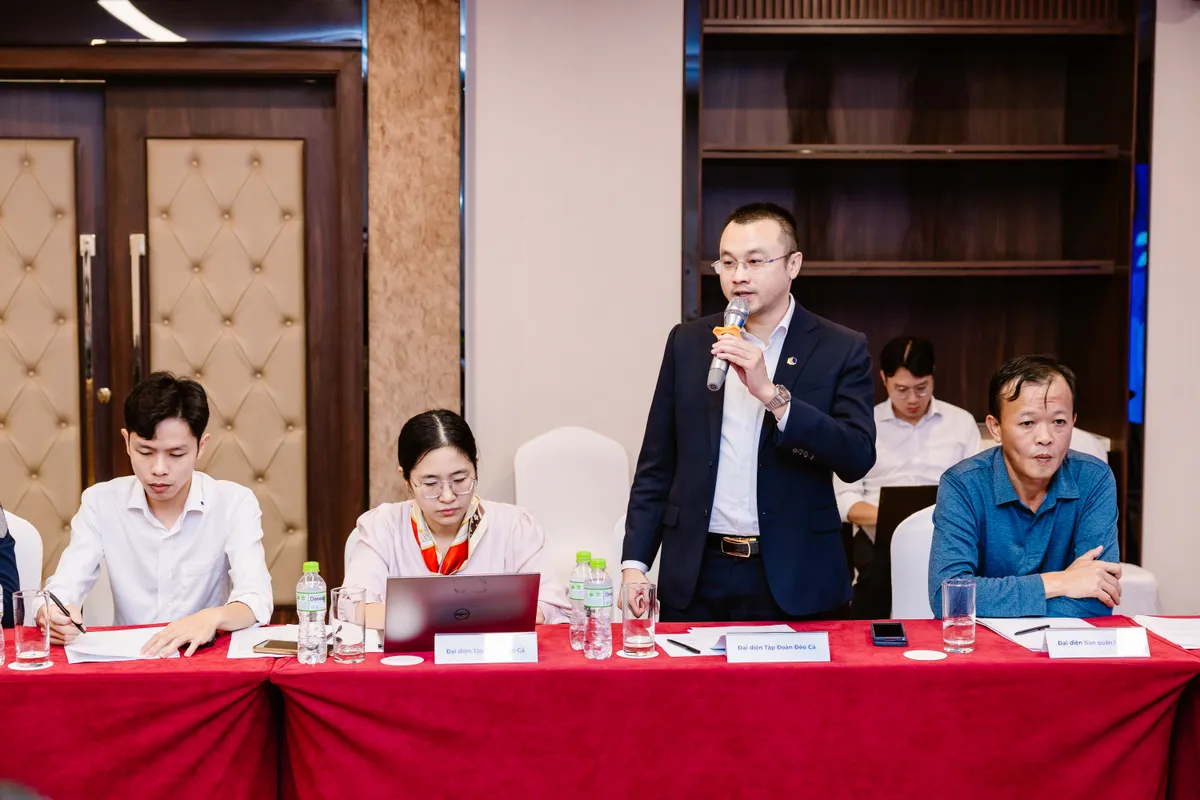
Mr. Le Thanh Tuan, Deputy General Director of Deo Ca Group
In this project, Deo Ca Group has proposed a PPP++ capital mobilization model. In this model, the contractor is also the investor, jointly implementing the project according to the EC and EPC general contractor model instead of individual contractors. In this model, project investment capital is mobilized from many different sources, increasing mobilization efficiency and minimizing risks throughout the project implementation process.
According to Mr. Le Thanh Tuan, Deputy General Director of Deo Ca Group, solving the infrastructure problem of Cao Bang province is very necessary because currently, the province is facing a "4 no" situation: No airport, railway, seaport, waterway while these are very necessary conditions to ensure socio-economic development.

Dong Dang - Tra Linh Expressway project is expected to be operational from the third quarter of 2026.
Talking about the project's prospects, Mr. Do Trong Khanh - Deputy Director of the Project Management Board for Investment and Construction of Traffic Works in Cao Bang province emphasized that the success of PPP projects such as the Dong Dang - Tra Linh project was achieved thanks to attracting capital from the state and attracting creativity and financial resources from the private sector.
Despite recent challenges in project implementation, Mr. Khanh believes that operational exploitation from the third quarter of 2026 is completely feasible.
Source: https://vtv.vn/dau-tu-ppp-mo-duong-cho-ha-tang-viet-nam-tang-toc-100251103133843268.htm



![[Photo] Opening of the 14th Conference of the 13th Party Central Committee](https://vphoto.vietnam.vn/thumb/1200x675/vietnam/resource/IMAGE/2025/11/05/1762310995216_a5-bnd-5742-5255-jpg.webp)





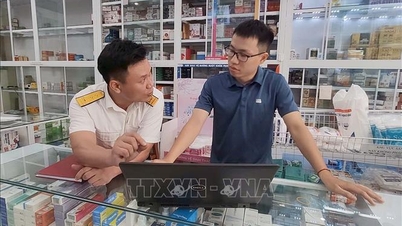

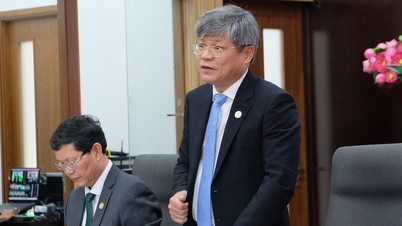




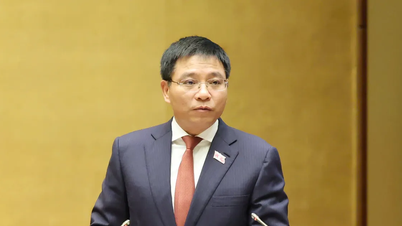

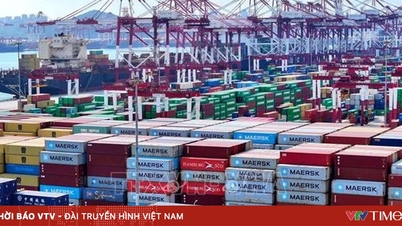


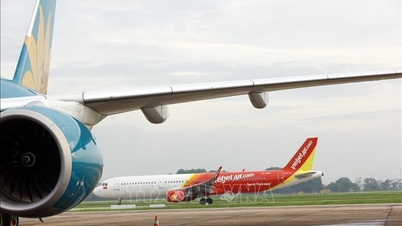
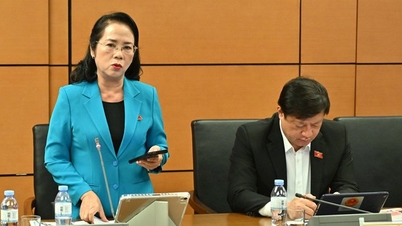









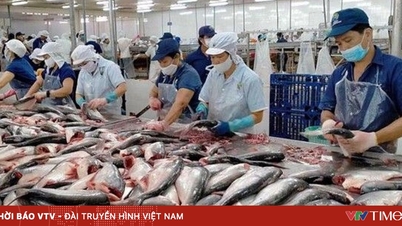




![[Photo] Panorama of the Patriotic Emulation Congress of Nhan Dan Newspaper for the period 2025-2030](https://vphoto.vietnam.vn/thumb/1200x675/vietnam/resource/IMAGE/2025/11/04/1762252775462_ndo_br_dhthiduayeuncbaond-6125-jpg.webp)


































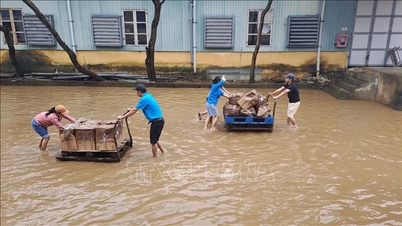


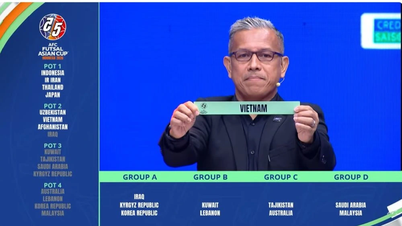


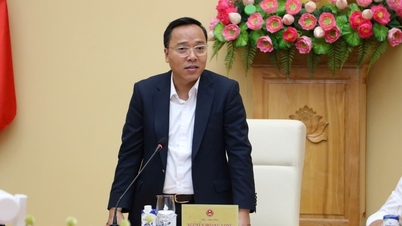








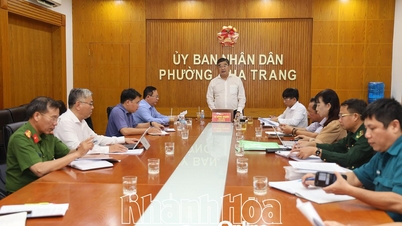

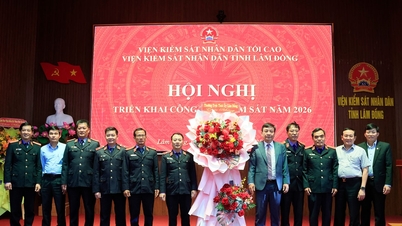



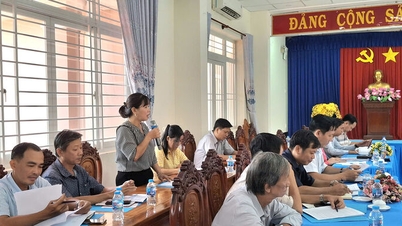

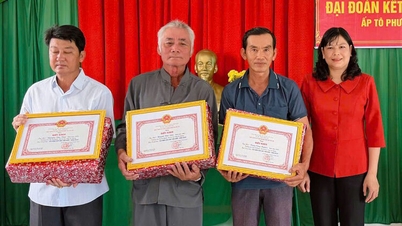

















Comment (0)